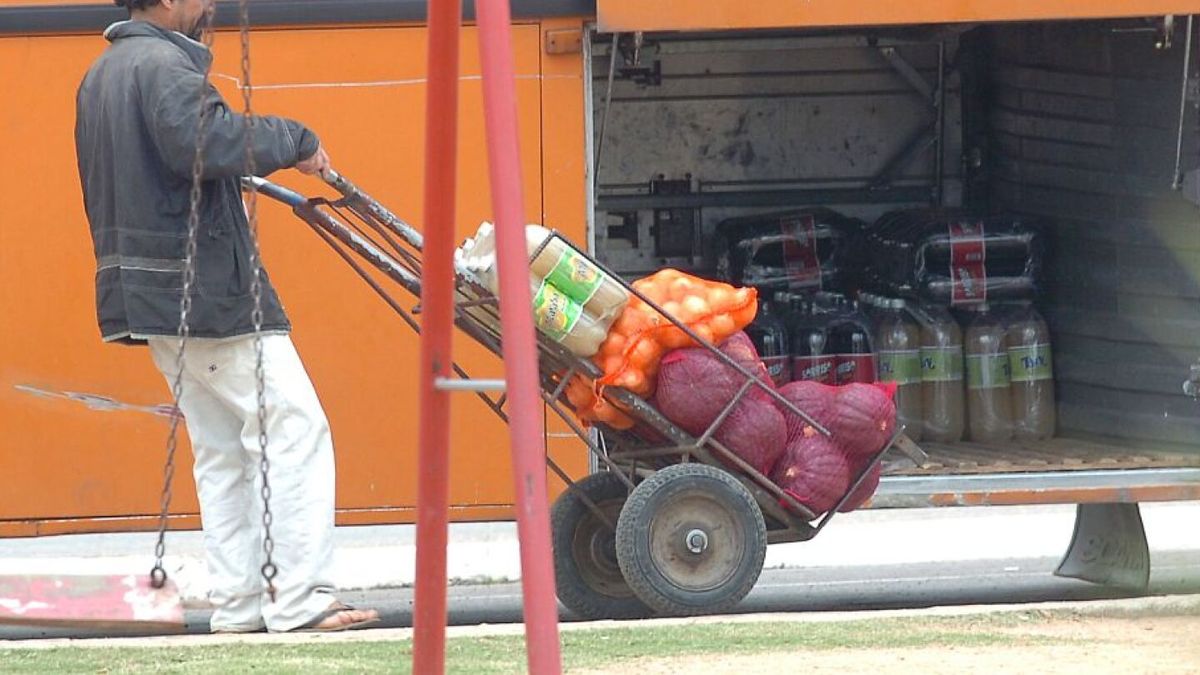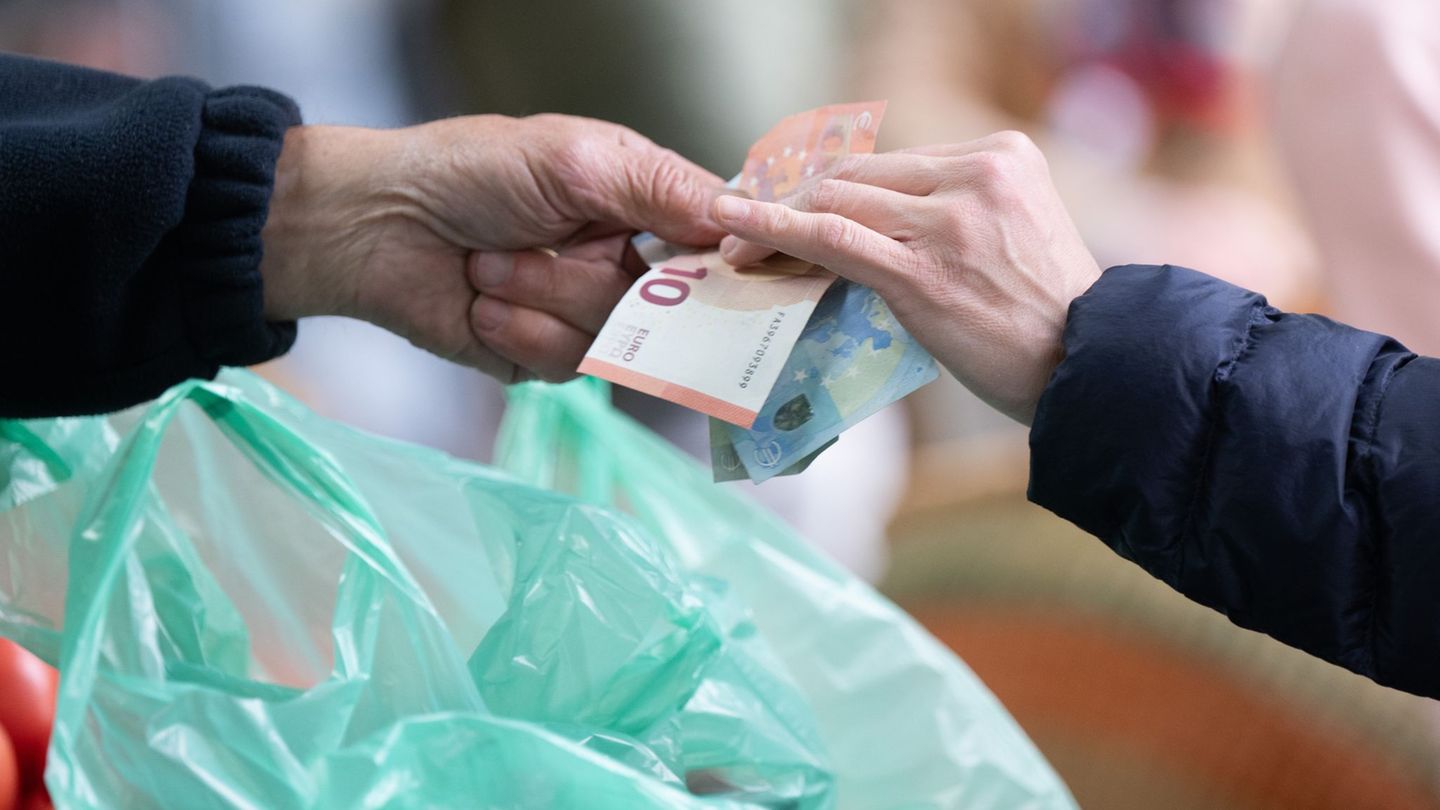The supermarket sales in Uruguay increased a 6.6% in the first semesterAccording to a report by the Association of Supermarkets (ASU); however, the positive balance is relative: while the good figures are mainly explained by the increase in the consumption of bottled water —a consequence of the water crisis which mainly affected the metropolitan area of the country, a conjunctural effect—, at the same time significant falls were recorded in various other items.
Consumption in supermarkets increased by 6.6% nominal during the first semester of the year in relation to the same period of 2022. If it is considered that the inflation for the first half of the year was 3.76%, the improvement is also in real terms. This is how the ASU expresses it in a study carried out from a basket of products surveyed by the consulting firm Nielsen.
However, the performance of the different items had important variations: while the food consumption increased 1.9% —it increases in nominal terms but falls in real terms— and that of drinks it increased by 16.2% —a great driver of total growth, which finds an explanation in the water crisis and the historical drought in the country—; sales in the category cleaning fell 5.7% and those of care and toiletanother 10.8%.
The exchange difference with Argentina, the main problem
The ASU figures through the different regions of the country show significant drops in supermarket sales —with the exception of maldonado and rock which, in addition to Montevideo, also registered a positive balance. It is so in southwest —Colonia, San José and Canelones—, the drop is 0.2%; in it northeast —Artigas, Rivera, Tacuarembó, Cerro Largo and Treinta y Tres—, consumption in supermarkets fell by 5.2%; and in the coast —Soriano, Río Negro, Paysandú and Salto— the setback was of 6.5% In it center —Durazno, Flores, Florida and Lavalleja— sales also fell.
According to the union, the explanation for this negative panorama, especially on the coast and in the northeast, is due to the “very cheap neighbors” in relative terms, due to the exchange difference. In this sense, the real exchange rate with Argentina is more than 50% below the historical average, while in the case of Brazil something similar happens, as stated by the consulting firm Exante.
One more example of this inequality at the border that strongly affects Uruguay is that the invoicing in the shops of the Argentine cities closest to the Uruguayan border billing grows at three-digit levels. In Concordia it is 147% higher, in Colón 128% more and in Gualeguaychú 255% higher. However, units sold are increasing at a slower rate: 18%, 8% and 59% respectively.
For the ASU, all the data analyzed show two effects: entry of merchandise for family consumption and entry of merchandise smuggling that supplies legally established businesses.
For this reason, they demand that “all customs, tax, commercial, sanitary, and bromatological regulations, both national and departmental, be complied with.”
Source: Ambito




